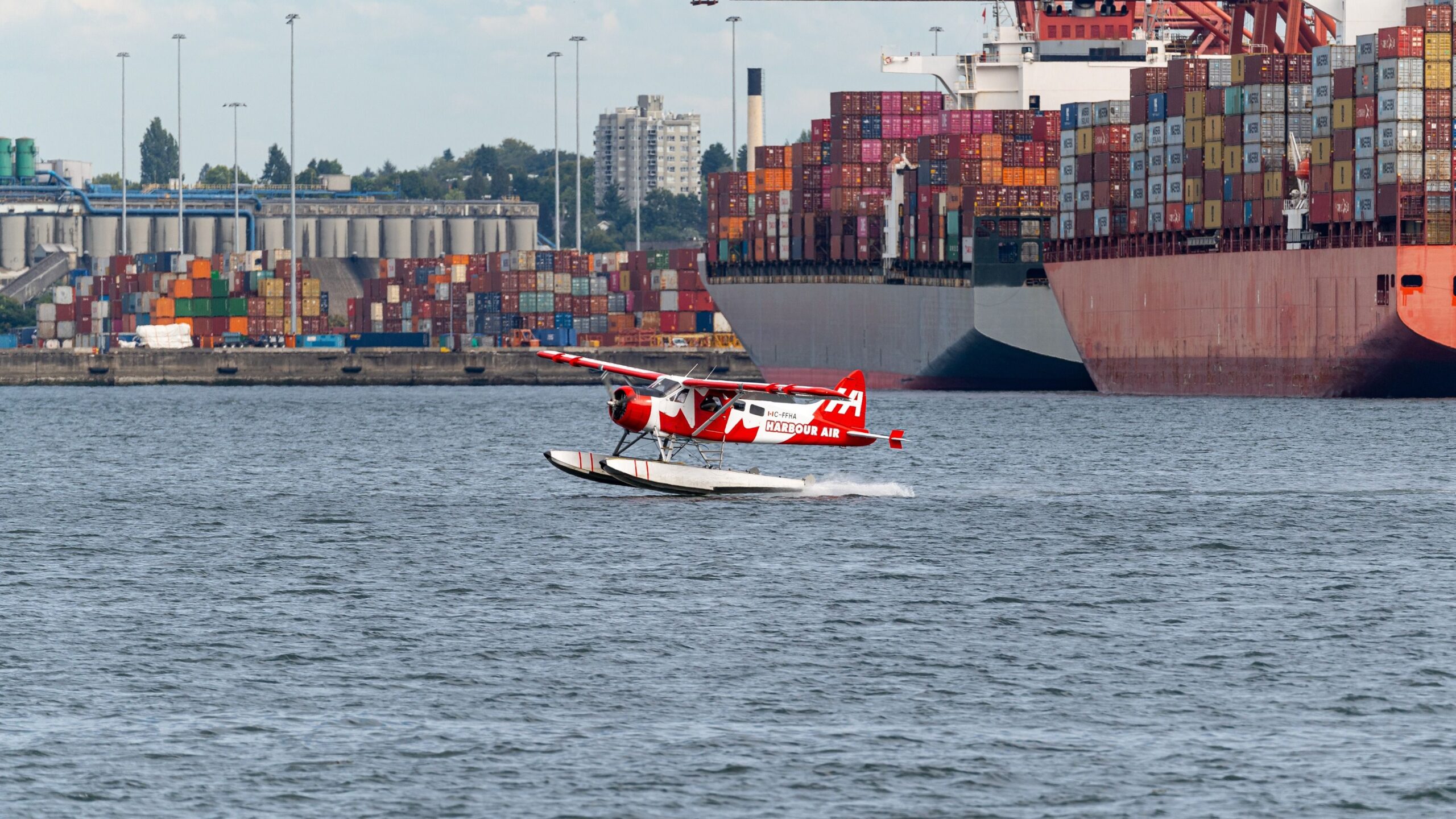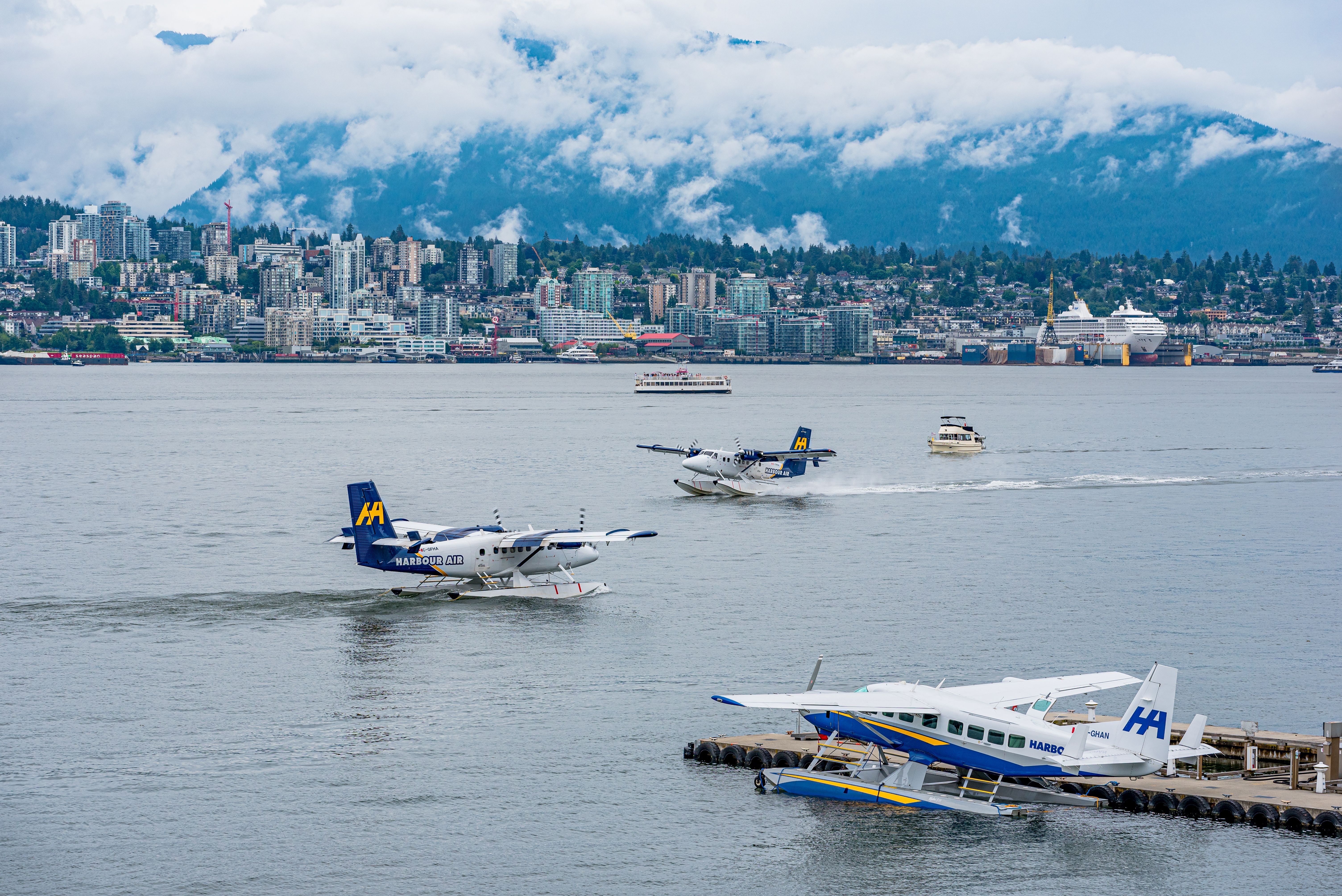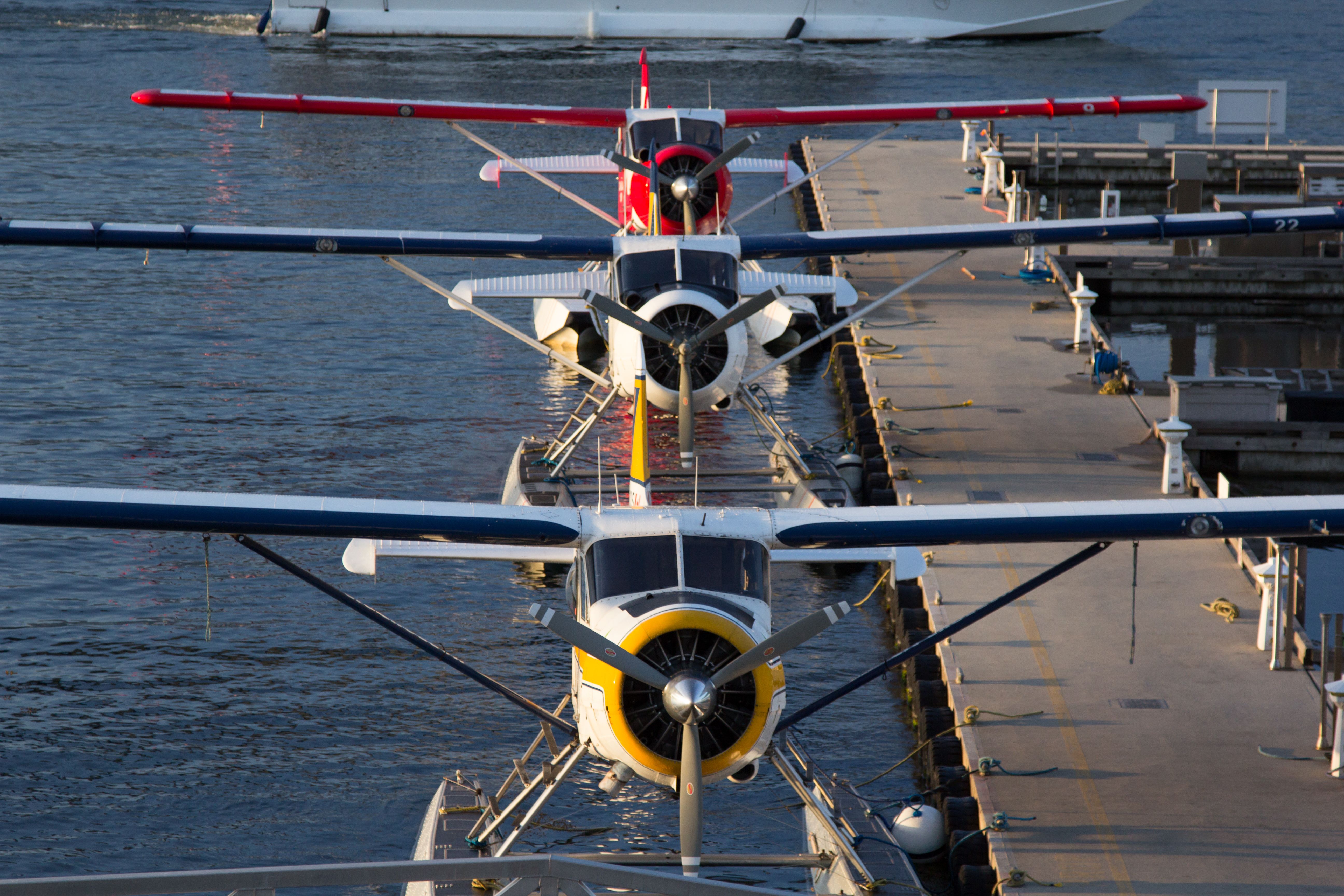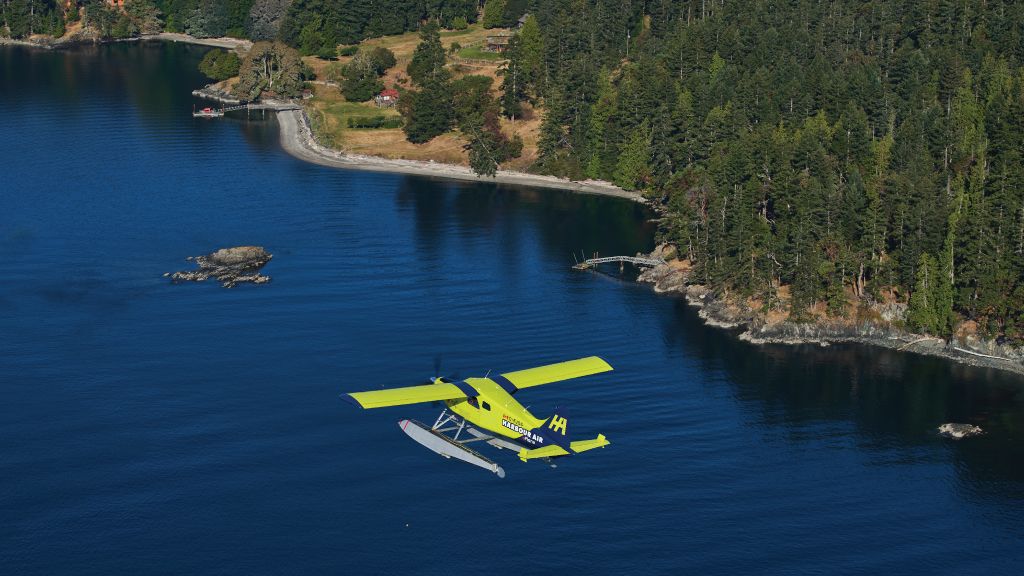Summary
- A Harbour Air seaplane collided with a boat in Vancouver, Canada.
- The local police department confirmed that there were injuries, however, the airline stated that none of the people onboard its aircraft were injured during the incident.
- The incident happened in Vancouver’s Coal Harbour on June 8, 2024.
Harbour Air, a Vancouver, Canada-based seaplane operator, has confirmed that one of its aircraft had collided with a boat in Vancouver’s Coal Harbour. Still, airline reiterated that none of the people who were onboard its aircraft were injured during the incident, with all of them being accounted for.
Colliding with a boat
The Vancouver Police Department (VPD) confirmed that it had responded to a seaplane collision in Coal Harbour on June 8. According to the VPD’s statement, the incident happened at around 13:00 local time (UTC -7) when an unidentified Harbour Air aircraft collided with a pleasure boat in the water near Canada Place, a convention center that is located on the shores of Vancouver Harbour.
Photo: The Bold Bureau | Shutterstock
A video shared on X, formerly known as Twitter, showed the aircraft, a de Havilland Canada DHC-2 Beaver, attempting to take off from the water. However, as the propeller-powered small aircraft was trying to lift off, a small boat came into its course, and the two vehicles collided.
VPD detailed that “a number of” people were onboard the aircraft and the boat, with several “passengers” being taken to a hospital for injuries. However, the Police Department did not specify how many people were injured on the aircraft or the boat during the incident on June 9.
“Vancouver Police are working with other agencies, including BC Emergency Health Services, Vancouver Fire Rescue Services, West Coast Marine, and Vancouver Port Authority. More details to come as the investigation unfolds.”
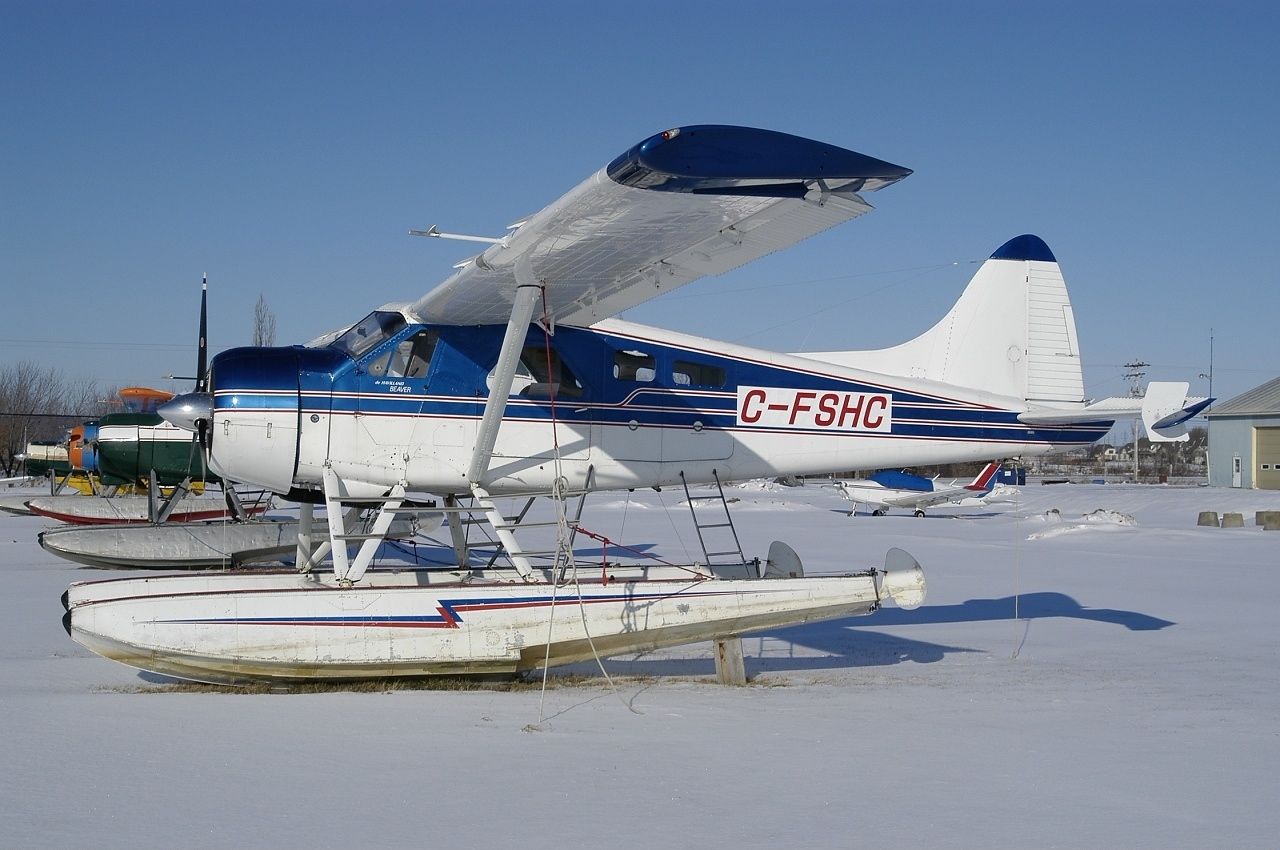
Related
De Havilland’s DHC-2 Beaver Marks 75 Years With Special Exhibition In Ottawa
The Beaver was such a success that more were built than any other aircraft designed and manufactured in Canada.
No flying passengers injured
However, in a statement to the Vancouver Sun, Harbour Air confirmed that five passengers and a pilot were onboard the aircraft at the time of the incident. None of the occupants of the DHC-2 Beaver were injured and were accounted for. According to Harbour Air, it has dated its history to when it began flying across the British Colombian coast back in 1982. Now, it is one of the world’s largest all-seaplane airlines, flying over 500,000 passengers before the pandemic.
Photo: Alex JW Robinson | Shutterstock
The company’s fleet includes four aircraft types: the de Havilland Canada DHC-3 Otter, de Havilland Canada DHC-6 Twin Otter, de Havilland Canada DHC-2 Beaver, and Cessna Grand Cavaran EX. The aircraft seat up to 14, 19, six, and nine passengers, respectively. The operator has scheduled, tour, charter, and cargo flights.
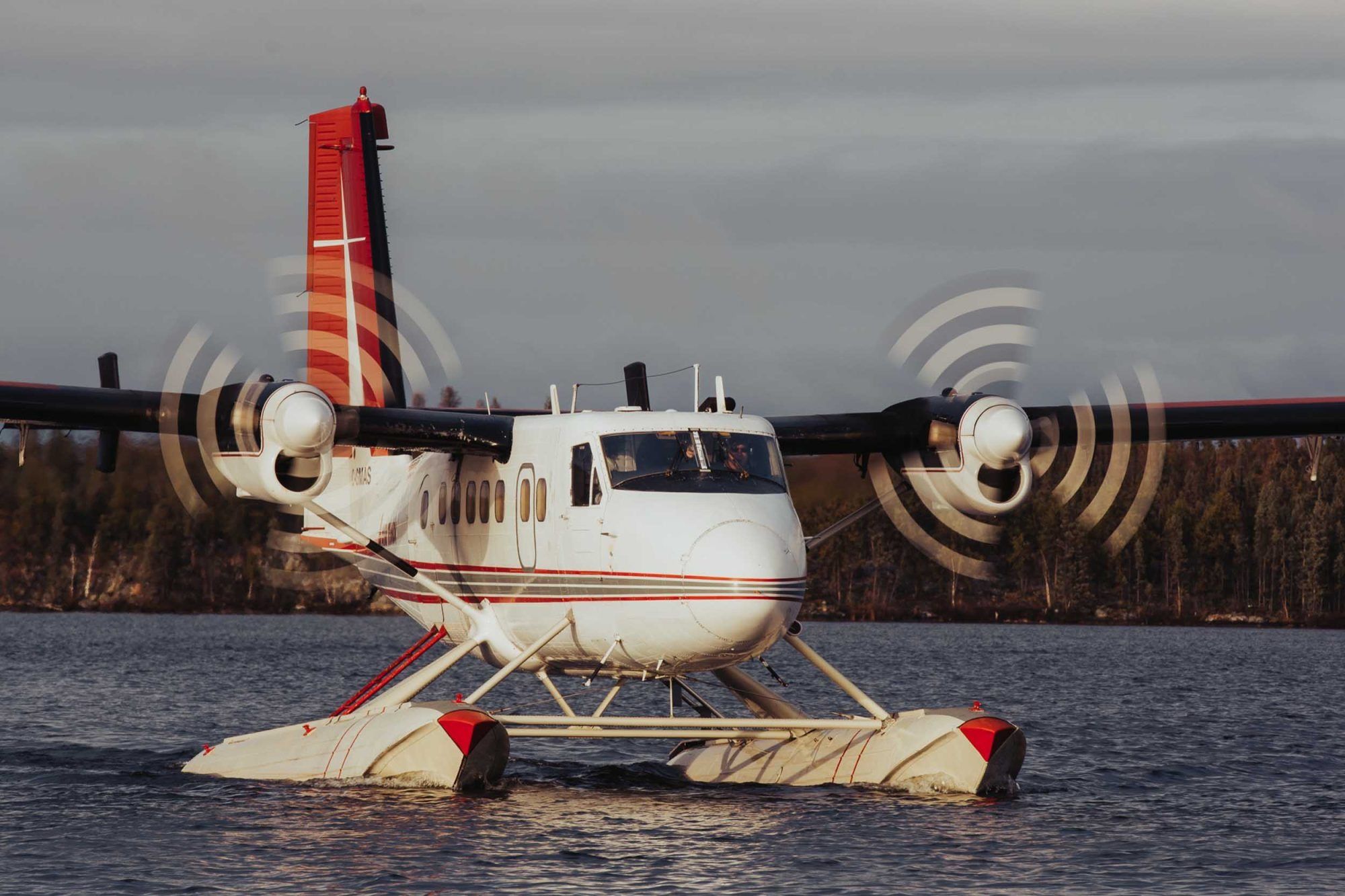
Related
Home Sweet Home: Canada’s DHC-6 ‘Twin Otter’ Operators In 2024
Viking Air is now building the Twin Otter in British Columbia, Canada.
Going electric
In March 2019, the company and magniX, an electric aircraft engine manufacturer, signed a partnership agreement, to transform all of Harbour Air’s aircraft to electric. Following the conversion, its aircraft would be powered by the magni500, an all-electric motor that was in development by magniX.
Photo: Harbour Air
As of April 2024, Harbour Air had operated 78 all-electric test flights, with the first flight occurring on December 10, 2019. On April 22, 2024, Harbour Air and magniX signed a Letter of Intent (LoI) for the former to purchase 50 magni650 electric aircraft engines, which would power its de Havilland Canada DHC-2 Beaver aircraft.
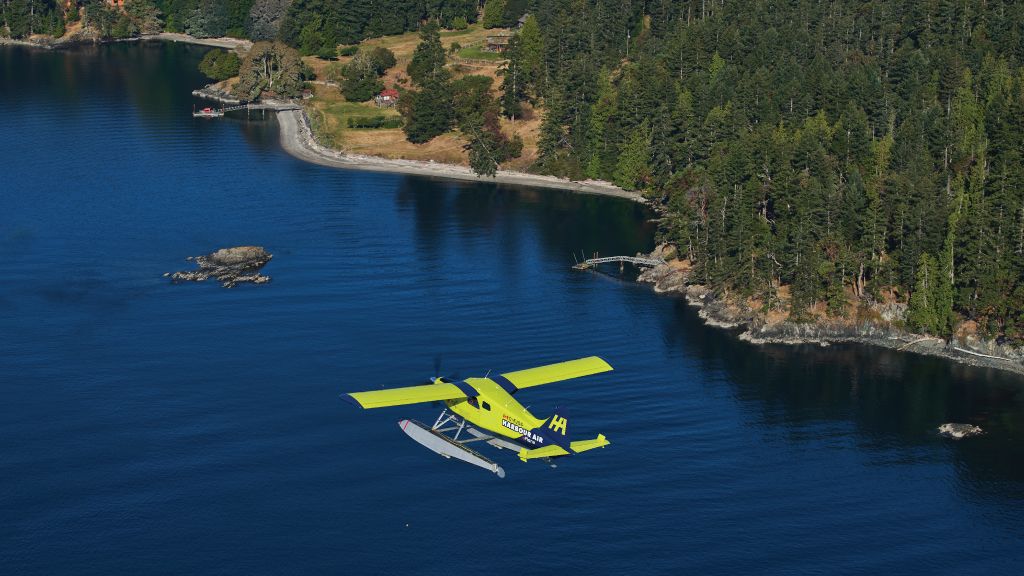
Related
Harbour Air Provides ePlane Update
Harbour Air expects its second electric plane to fly in 2024, most likely.

